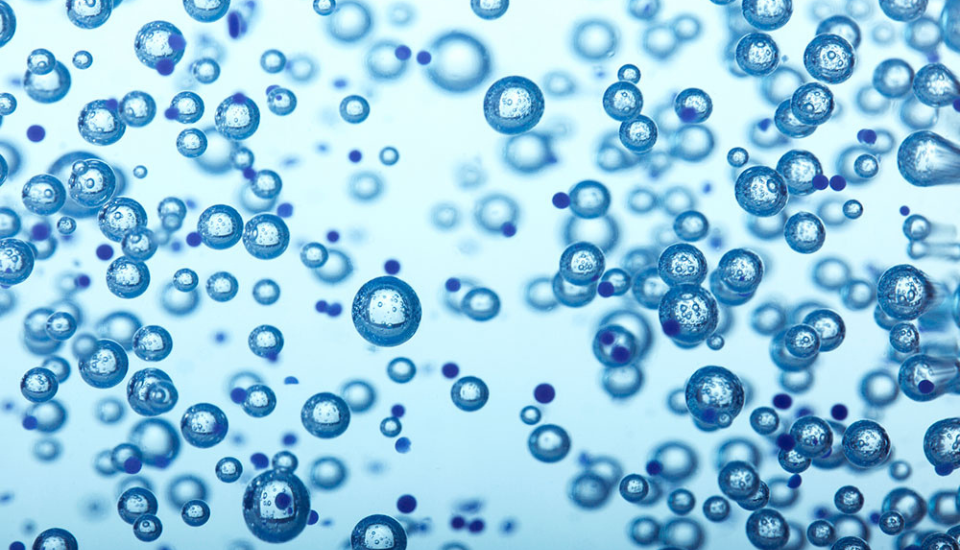
Environmental Monitoring of Nitrates and Other Water Quality Parameters: pH,
Environmental Monitoring of Nitrates and Other Water Quality Parameters: pH,...

Microbubble or nanobubble technology has attracted attention of scientists in recent years. It is an important technology in the agriculture, hydroponic, and aquaculture industries.
Some of the applications of nanobubbles which have been explored around the globe are:
Recently, a hydroponic customer approached Hanna Instruments to provide a solution for testing Dissolved Oxygen in nanobubbles. Hydroponic growers are using microbubbles to increase the nutrient absorption of crops and to increase the growth of plants. By adding microbubbles, the roots spread and crops grow 1.5 times faster. The leaves on the crop are greener and the structure of the stems are largely different.
The size of these bubbles are 100 nm (0.0001 mm) and therefore, it could not be effectively measured with the galvanic or polarographic dissolved oxygen probes. The Hanna HI 98198 OPDO was the right fit for the application because it does not require the flow the polarographic or galvanic sensors require. The dissolved oxygen in the nutrient solution needs to be within a range of 20 ppm to 25 ppm to maximise the effectiveness of the nanobubbles on the crops. The Optical Dissolved Oxygen Meter’s measurement range is 0.00-50 ppm so it covered the range, and the accuracy of the reading within this range is +/- 1.5% of the reading which was acceptable to the customer.
Applications for microbubbles and nanobubbles will continue to be developed in the future.

In the aquaculture industry, it is used to increase crop yield by using water-containing nanobubbles without changing the size of the water tank. Farmers are feeding high-oxygen concentrated water to pigs and cows which leads to lowered feed consumption of about half. Despite of feed quantity being cut by half, the body of the pigs is not thinned and the meat remains tender.
Researchers from the University of Texas MD Anderson Cancer Center, Rice University and Baylor College of Medicine found that the delivery of chemotherapy drugs with nanobubbles is 30 times more effective at killing cancer cells, reducing the required dosage compared to conventional treatment.
In the beauty and cosmetics industry, research on skin rejuvenation is being carried out by putting nanobubbles into the blood.
These applications emphasize the growing significance and demand for nanobubbles across a wide variety of applications.
Environmental Monitoring of Nitrates and Other Water Quality Parameters: pH,...
Salt Concentration In A Brine Solution For Curing Salmon Traditionally,...

To empower customers to achieve quality by supplying intuitive, accurate, and reliable analytical instruments with exceptional customer service and value.
We take pride in every product we build. From an original idea to a completed product ready for testing. We oversee every aspect of the manufacturing process. It is this level of attention to detail that sets us apart.
To empower customers to achieve quality by supplying intuitive, accurate, and reliable analytical instruments with exceptional customer service and value.
We take pride in every product we build. From an original idea, to a completed product ready for testing. We oversee every aspect of the manufacturing process. It is this level of attention to detail that sets us apart.
To empower customers to achieve quality by supplying intuitive, accurate, and reliable analytical instruments with exceptional customer service and value.
We take pride in every product we build. From an original idea, to a completed product ready for testing. We oversee every aspect of the manufacturing process. It is this level of attention to detail that sets us apart.

